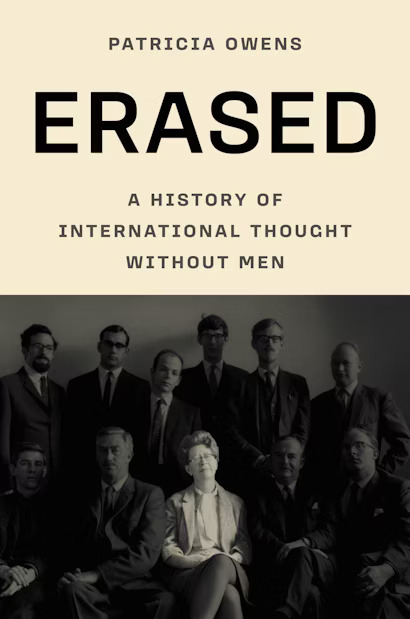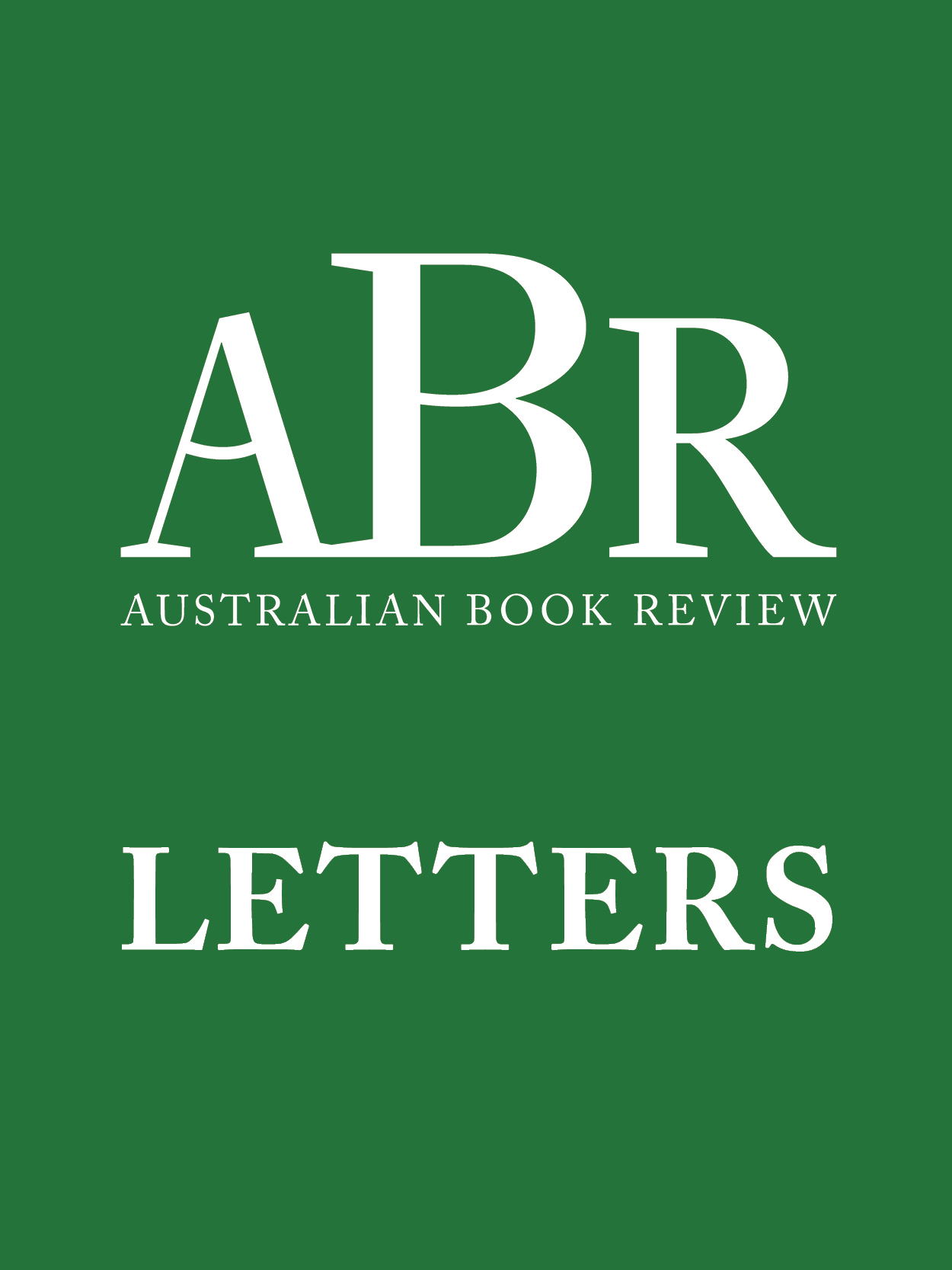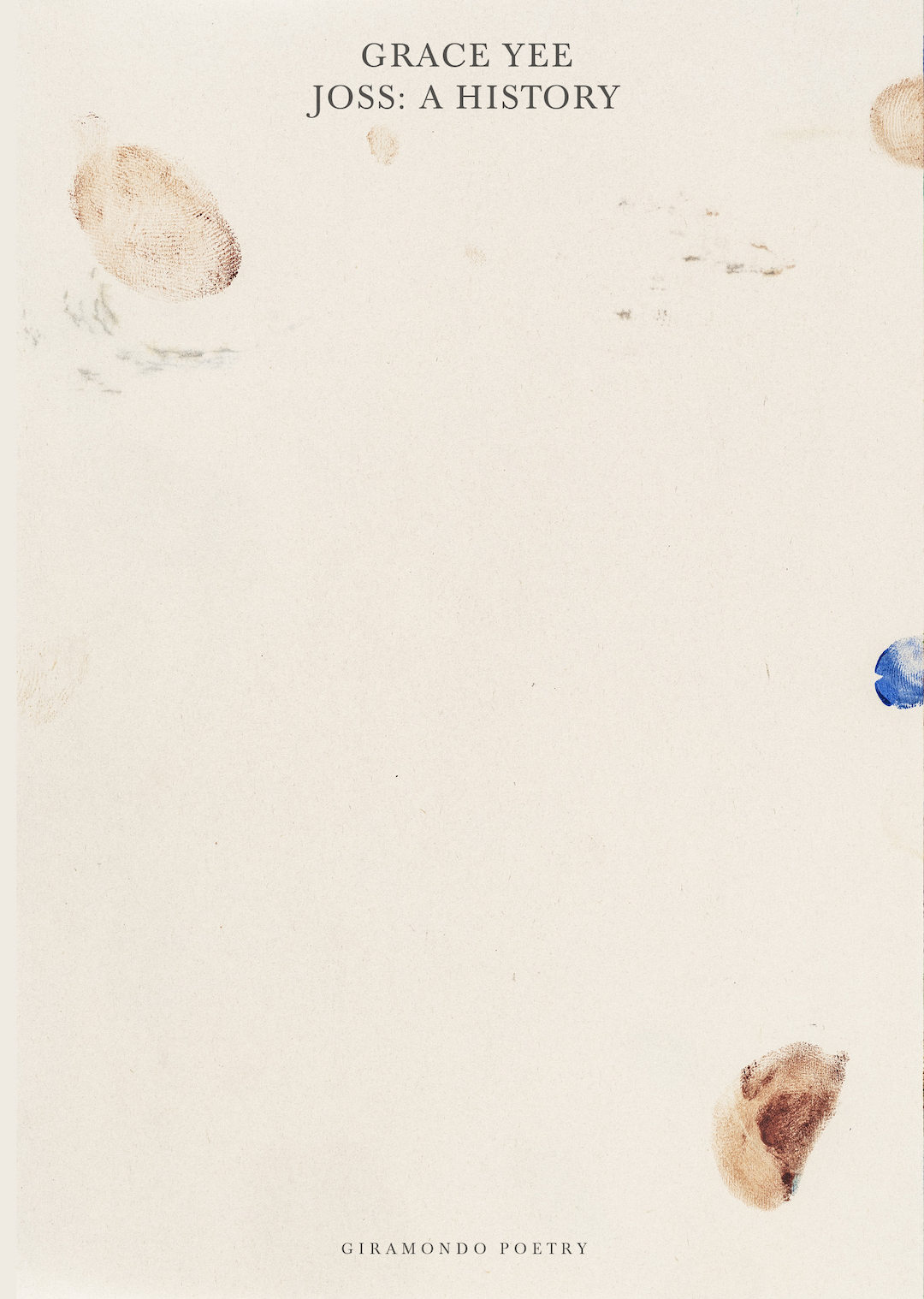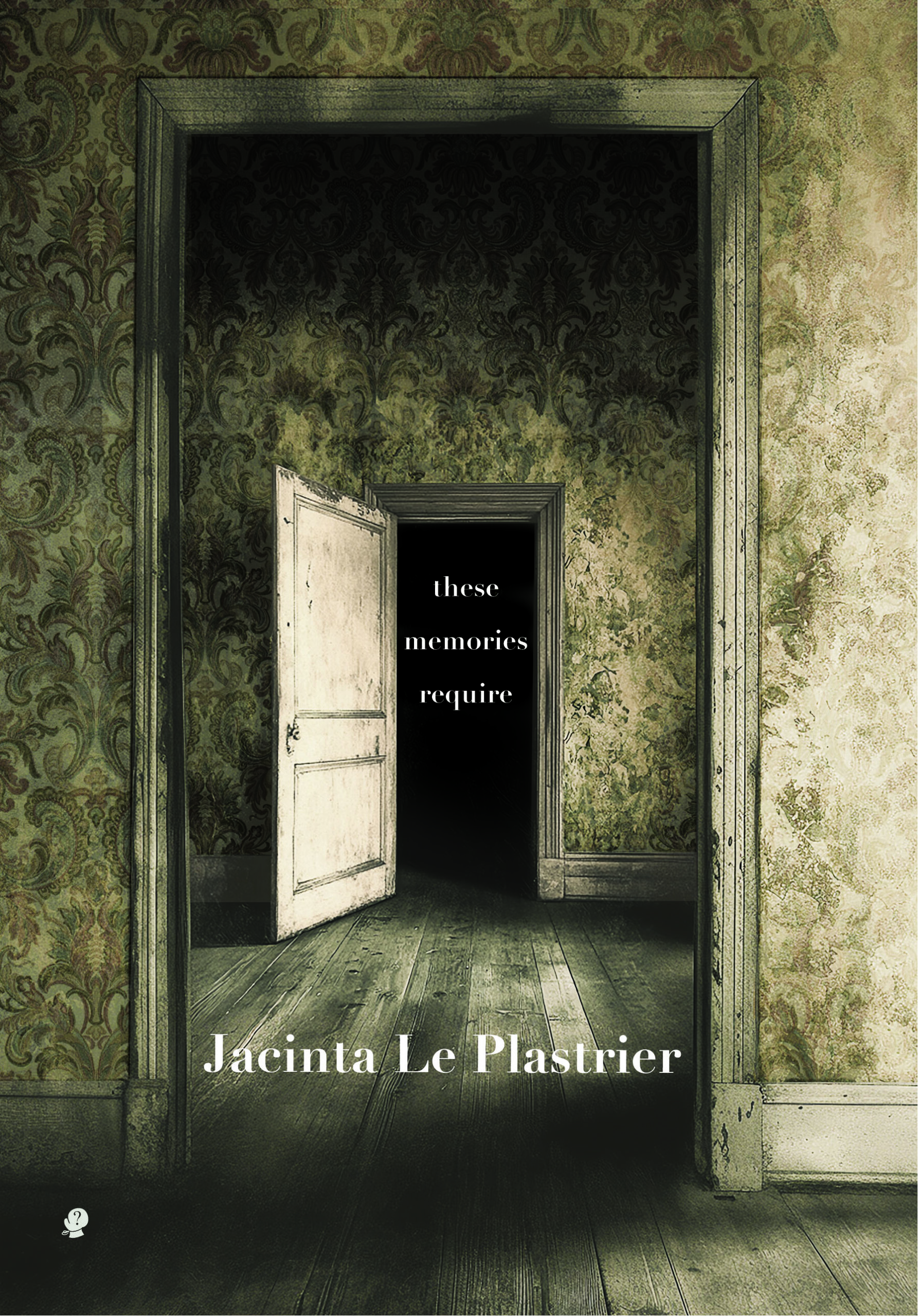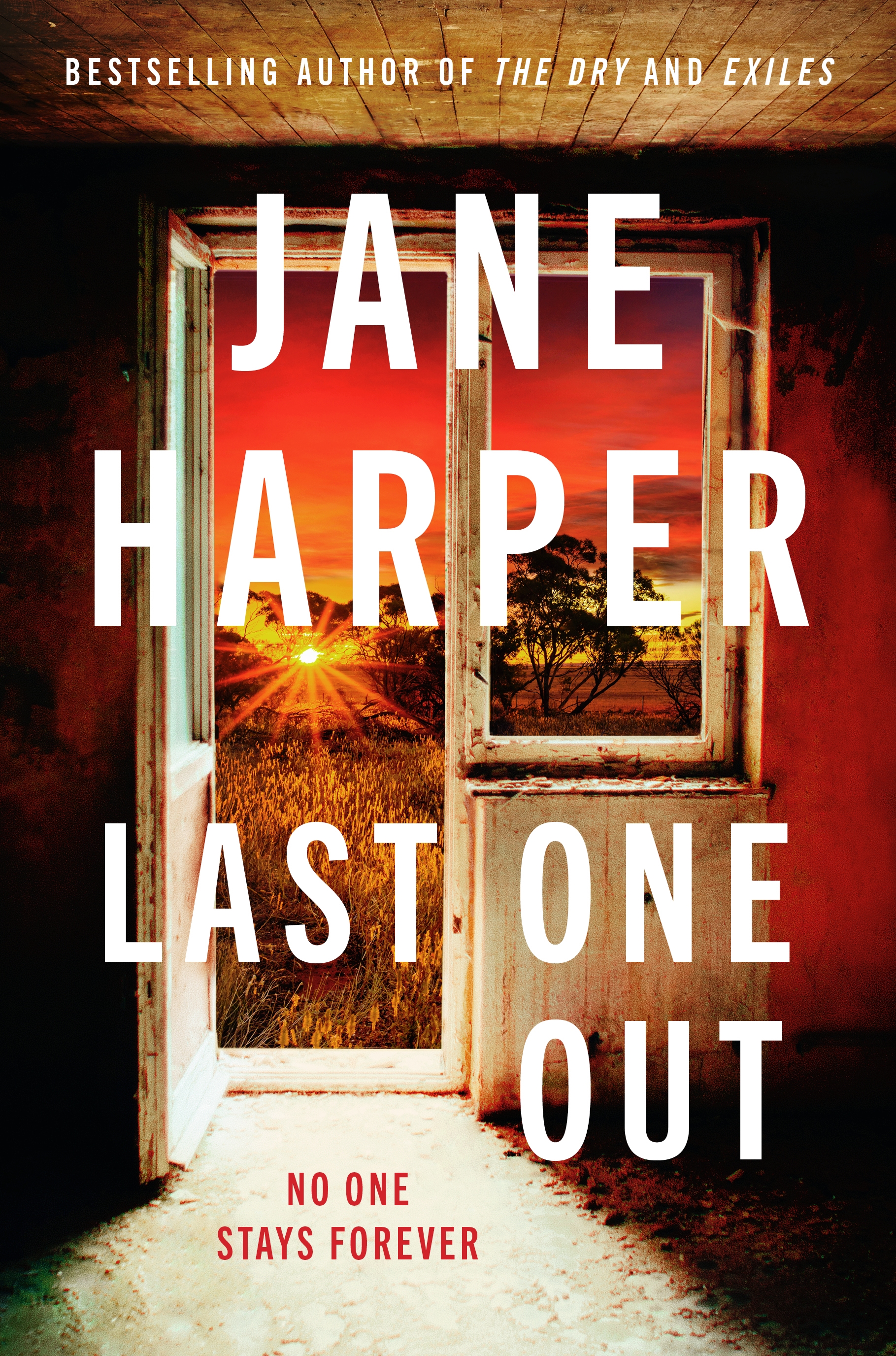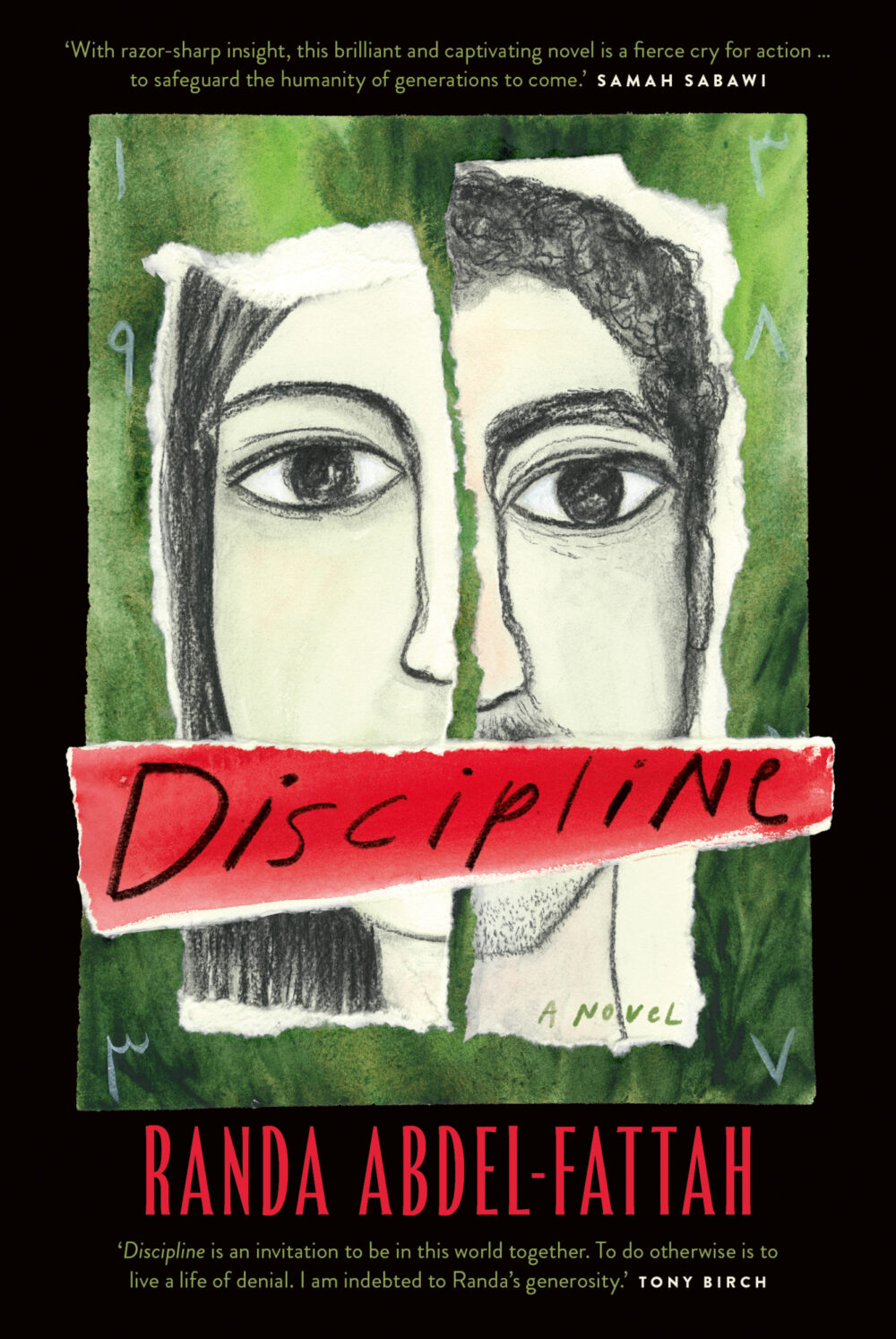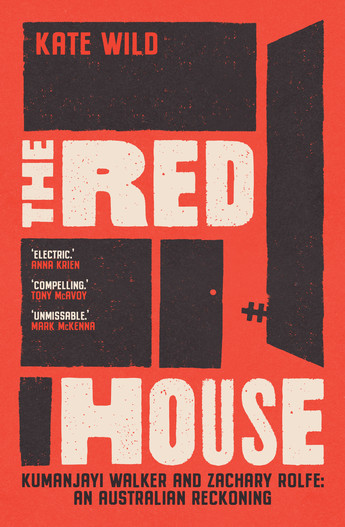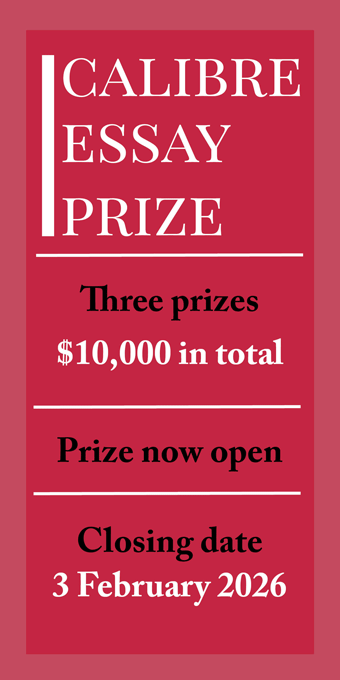Memoir
107 Days by Kamala Harris
by Zora Simic
Who is Kamala Harris and what does she stand for? This question animated coverage across the political spectrum during her 2024 US presidential campaign, even though she was already serving as Vice President – the first woman, the first African American, and the first Asian American to hold the office. At crucial points, Harris herself struggled to articulate her own distinctive agenda. When asked on the television talk show The View what she would have done differently from Democrat President Joe Biden over the past four years, she replied, ‘There is not a thing that comes to mind.’







